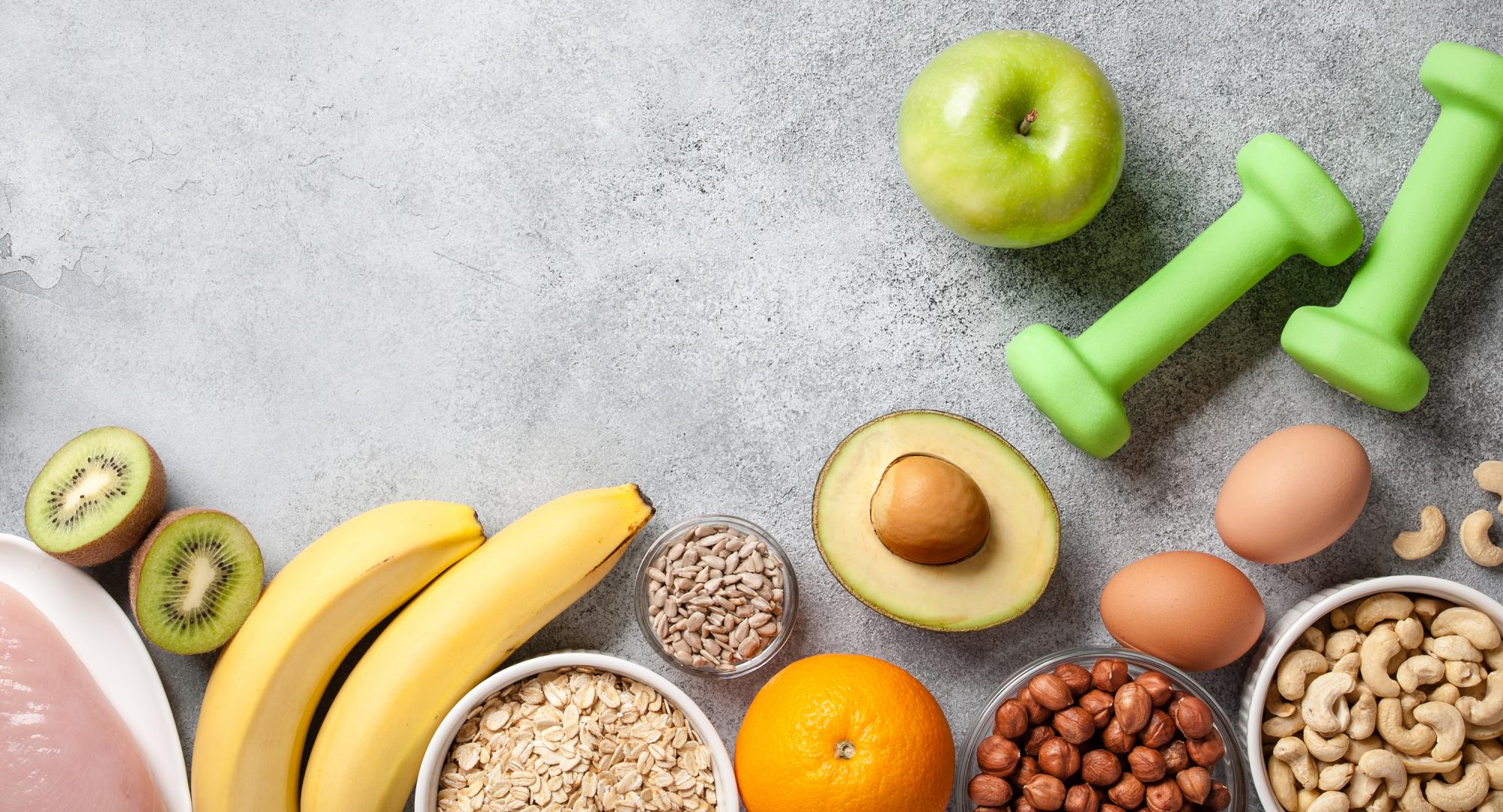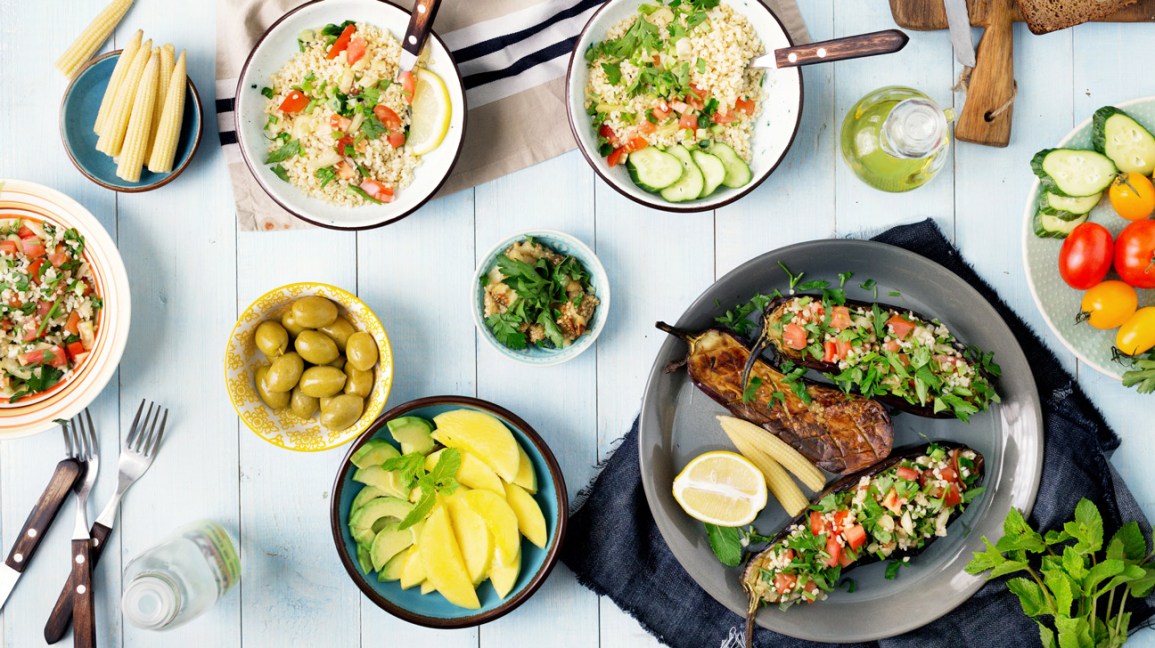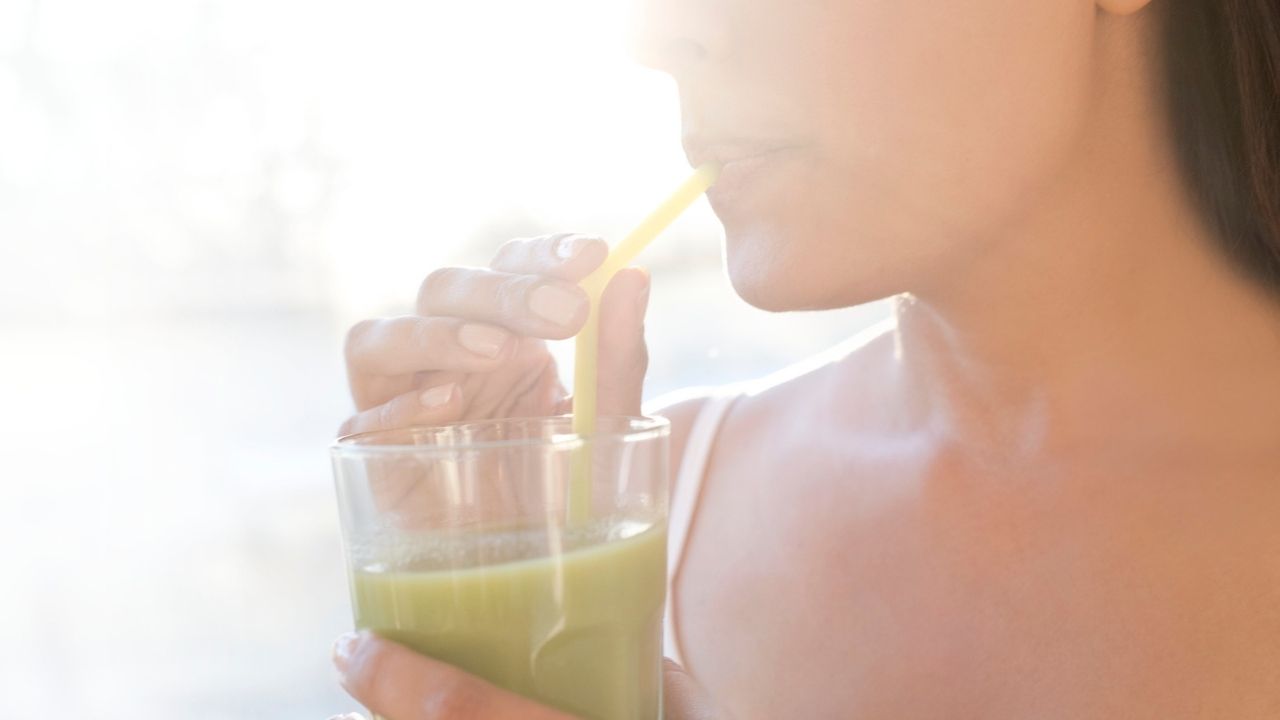
People who want to lose weight but aren't sure how to get started with the DASH Diet are a popular choice. This program includes eating a variety of healthy meals throughout the day, which includes plenty of vegetables, different fruits, and good protein sources. This plan encourages you to swap refined grains for whole grain and lean protein sources. You should also avoid consuming too much sugar and saturated fats. Additionally, it is important to drink lots of water.
DASH diet is a way to lower blood pressure by addressing a number of factors. A DASH-style diet can help reduce your chances of developing diabetes or kidney disease. A therosclerosis Risk in Communities (ARIC), cohort research showed that DASH diets had many protective components. These included nuts, beans, legumes, and low-fat cheese products. These diseases are more likely to develop if you consume high amounts of dairy products or red meat.

Despite the DASH diet which is low-sodium, it is important to not smoke. This habit can increase the risk of heart disease. Workplace smoking should be avoided. DASH recommends that you stay away from sugar-sweetened drinks. Instead, you should drink water, tea and milk. For the DASH diet to be effective, you should only make small changes over time. Consult your healthcare provider to see if you are suitable for the DASH lifestyle.
Hypertension sufferers will find the DASH diet beneficial. This diet's low-sodium intake and high fiber content can help lower blood sugar. These types of foods are important for the prevention and treatment of hypertension. Anyone can use the DASH diet to live a healthy life. DASH diet can help you lose weight and improve your energy levels. Although it sounds restrictive, the DASH Diet is easy to adhere to and can offer many benefits.
For those suffering from metabolic syndrome, the DASH Diet is recommended. It is able to lower blood pressure in high blood pressure patients. This diet can increase blood circulation, decreasing the risk for cardiovascular disease. People with kidney disease may benefit from the DASH lifestyle. The DASH diet decreases systolic (and diastolic) pressures. High blood pressure patients will find the DASH Diet particularly helpful as it lowers the likelihood of stroke or heart attack.

The DASH diet can reduce blood pressure by 4mmHg systolically and diastolic, but it is not effective for people with normal blood pressure. This change in blood pressure doesn't necessarily mean that you are at a lower risk for heart disease. People with high blood sugar who are sensitive or unable to tolerate salt should consider the DASH diet. People with high cholesterol are not advised to use it as it can increase their chance of developing diabetes.
FAQ
How much should I weight for my height and age? BMI chart & calculator
Use a BMI calculator to determine how much weight is needed to lose. A healthy BMI range is between 18.5 and 24.9. To lose weight, you should aim for a loss of 10 pounds per year. Enter your weight and height into the BMI calculator.
Check out this BMI chart to determine if you are overweight or obese.
What is the difference between sugar and fat?
Fat can be a source of energy that is obtained from food. Sugar is a sweet substance found naturally in fruits and vegetables. Both fats as well as sugars contain the same amount of calories. Fats have twice the calories of sugars, however.
Fats are stored in the body and contribute to obesity. They cause cholesterol buildup which can lead to strokes and heart attacks.
Sugars are quickly absorbed into the body and provide instant fuel. This causes blood glucose to rise. High blood sugar levels can cause type II diabetes.
How do I count calories?
Perhaps you are wondering what the best diet is for you. or "is counting calories necessary?" Well, the answer depends on several factors including your current health status, your personal goals, your preferences, and your overall lifestyle.
The Best Diet For Me - Which One Is Right For You?
The best diet depends on me, my health, my goals, my preferences and my overall lifestyle. There are many good and bad diets. Some diets work for some people, while others are not. What should I do? How do I make the right decision?
These are the questions that this article attempts to answer. It begins with an overview of the different diets today. After that, you will learn about the pros and disadvantages of each type. The final step is to determine which one is right for you.
Let's begin by briefly reviewing the different types and diets.
Diet Types
There are three main types. Low fat, high proteins, and ketogenic. Let's talk about them briefly.
Low Fat Diets
A low-fat diet reduces the amount of fats you eat. This is achieved by reducing saturated fats like butter, cream cheese, and other dairy products. and replacing them with unsaturated fats (olive oil, avocados, etc.). For those looking to lose weight quickly, a low-fat diet is often recommended. However, this kind of diet may cause problems such as constipation, heartburn, and indigestion. Vitamin deficiencies can also occur if the person doesn't get enough vitamins through their diet.
High Protein Diets
High protein diets are known to restrict carbohydrate intake and promote the consumption of proteins. These diets have higher protein levels than other diets. These diets are intended to increase muscle mass and reduce calories. However, they might not provide enough nutrition for those who need to eat frequently. They can also be very restrictive so they may not be suitable for everyone.
Ketogenic Diets
Ketogenic diets are also known as keto diets. They are high on fat but low in carbs and proteins. Athletes and bodybuilders use them because they allow them more time and harder training without feeling fatigued. They do require strict compliance to avoid any side effects like fatigue, headaches, nausea, and headaches.
Statistics
- WHO recommends reducing saturated fats to less than 10% of total energy intake; reducing trans-fats to less than 1% of total energy intake; and replacing both saturated fats and trans-fats to unsaturated fats. (who.int)
- In both adults and children, the intake of free sugars should be reduced to less than 10% of total energy intake. (who.int)
- According to the 2020 Dietary Guidelines for Americans, a balanced diet high in fruits and vegetables, lean protein, low-fat dairy and whole grains is needed for optimal energy. (mayoclinichealthsystem.org)
- The Dietary Guidelines for Americans recommend keeping added sugar intake below 10% of your daily calorie intake, while the World Health Organization recommends slashing added sugars to 5% or less of your daily calories for optimal health (59Trusted (healthline.com)
External Links
How To
27 Steps to a Healthy Lifestyle when Your Family Buys Junk Food
The most common way to eat healthy is to cook at home. It can be difficult to cook healthy meals at home. This article will offer some suggestions on making healthier dining choices at restaurants.
-
Look for restaurants that offer healthy choices.
-
Order salads before you order meat dishes.
-
Ask for sauces with no added sugar.
-
Avoid fried foods.
-
Request grilled meats instead of fried ones.
-
You shouldn't order dessert unless it is absolutely necessary.
-
You should always have something to eat after your dinner.
-
Take your time and chew slowly.
-
When you eat, drink plenty of fluids.
-
Don't skip breakfast and lunch.
-
Take fruit and vegetables along with every meal.
-
Choose milk over soda
-
Avoid sugary drinks
-
Limit the amount of salt in your diet.
-
Try to limit your frequent visits to fast-food restaurants.
-
Ask someone to join you if you cannot resist temptation.
-
Don't let your children watch too much TV.
-
Turn off the television during meals.
-
Drink no energy drinks
-
Take regular breaks from work.
-
Get up at a reasonable hour and do some exercise.
-
Move every day.
-
Start small, and work your way up.
-
Set realistic goals.
-
Be patient.
-
Exercise even if it's not your favorite thing to do.
-
Use positive thinking.